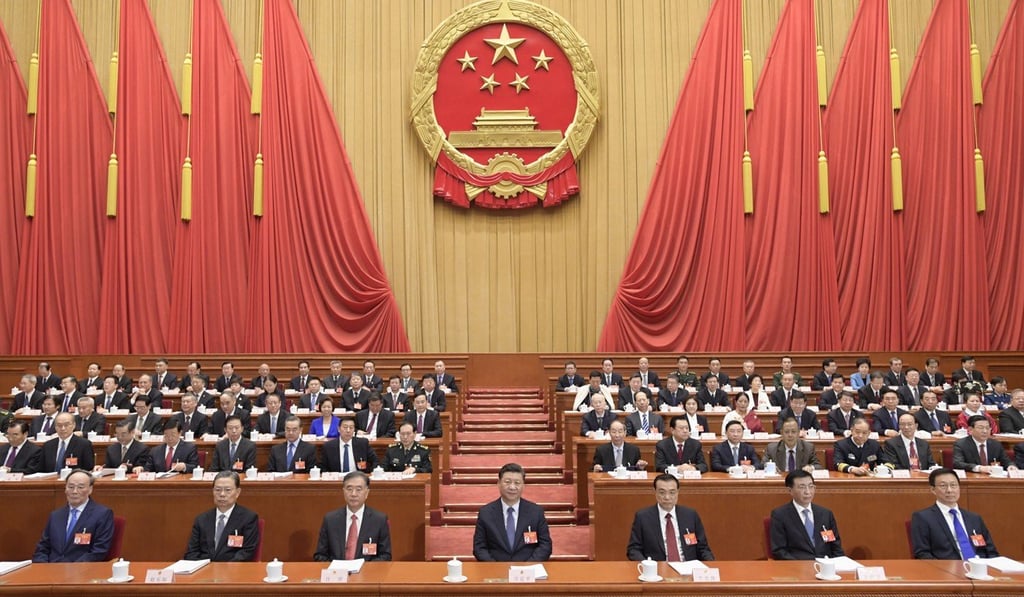Advertisement
China goes backwards on global gender equality list but does better on education
- Country comes in at 106th on World Economic Forum’s annual ranking, mainly dragged down by low representation of women in politics
- It still has a skewed sex ratio at birth, with 885 girls per 1,000 babies
Reading Time:2 minutes
Why you can trust SCMP
4

Phoebe Zhangin Shenzhen
China has fallen in a global ranking for gender equality for an 11th year in a row, coming in at 106th among 153 countries, according to the latest study by the Geneva-based World Economic Forum.
The annual report released on Tuesday – which examined gender parity in health, education, political empowerment and economic opportunity – ranked China just ahead of South Korea in 108th place, India at 112th and Japan at 121st.
Nordic countries led the way in the “Global Gender Gap Report 2020”, with Iceland in first place, followed by Norway, Finland and Sweden.
Advertisement
The United States slipped two places to 53rd, which the researchers attributed to the economic participation and opportunity subindex, with the country going backwards on wage equality.
China was down three places on the list from last year. Although it had made progress by closing “two-thirds of its gender gap”, the report said China had made only marginal gains in gender equality since it began compiling the rankings in 2006. At the same time, many other countries had moved closer to parity, causing China to slip from 63rd place back in 2006 to 106th today.
Advertisement

Advertisement
Select Voice
Choose your listening speed
Get through articles 2x faster
1.25x
250 WPM
Slow
Average
Fast
1.25x